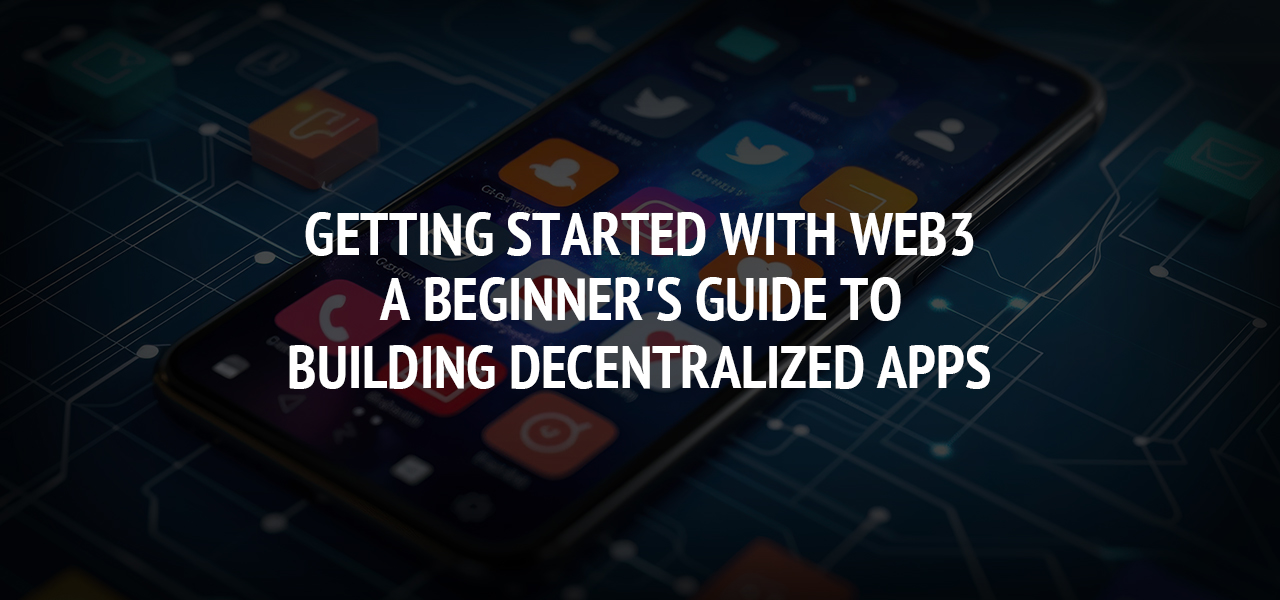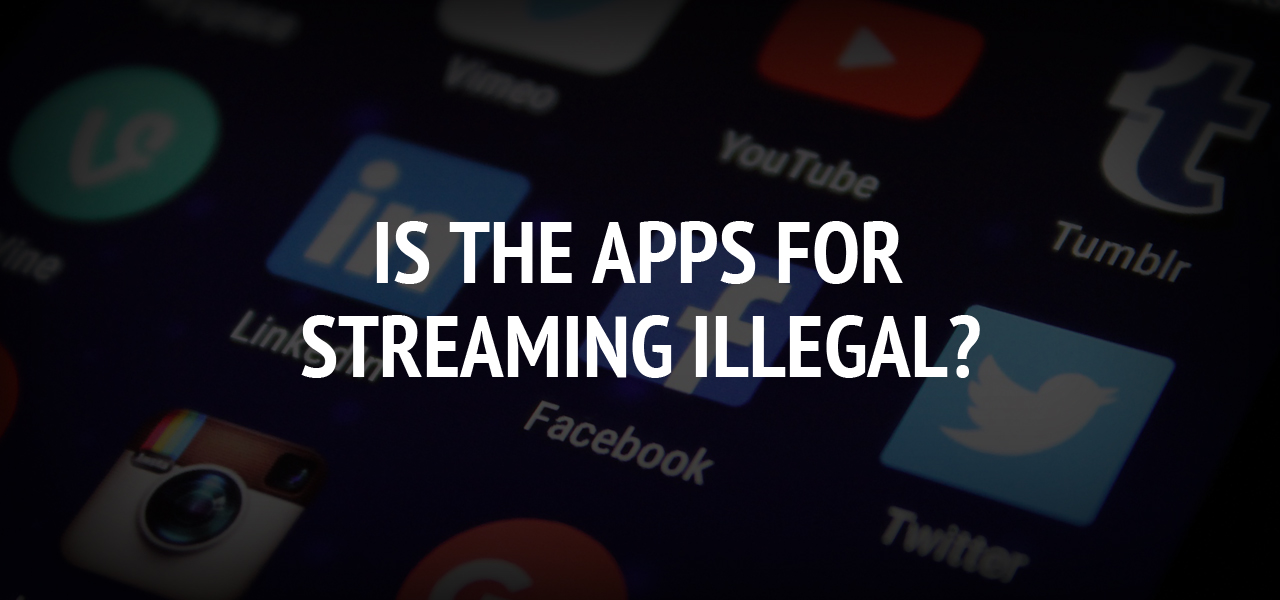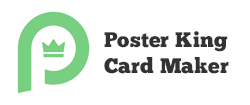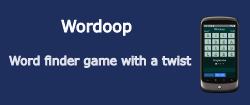Getting Started with Web3: A Beginner's Guide to Building Decentralized Apps

Web3 is revolutionizing how the internet functions by dismantling central control and giving more power back to users. While old web apps used centralized servers for hosting purposes, decentralized network apps in Web3 offer better security, transparency, and control to users.
The Web3 market revenue is projected to reach $3.19 billion worldwide by the end of 2024. Therefore, knowing about it is essential in order to understand its significance to the internet and technology trends in general.

Photo by Danny Meneses
Understanding the Basics of Web3
To start with Web3, you need to get a handle on its basic ideas. At its heart, Web3 uses blockchain technology—a system that keeps track of transactions across multiple computers. This makes the data permanent and clear. Another key feature is smart contracts, which are self-executing agreements with terms written directly in code. These contracts automatically carry out their terms when certain conditions are met.
Web3 relies on decentralized networks, which spread control across many different points, making it harder for any single entity to censor or tamper with data. For instance, Fleek Network is a good example of this setup, offering a solid platform for hosting and running decentralized applications. It works well with other Web3 tools, making it easier for developers to create and manage their dApps.
Choosing the Right Blockchain Platform
Selecting the right blockchain platform is key when developing decentralized apps. For instance, Ethereum remains popular due to its extensive developer community and robust ecosystem—ideal for many dApp developers looking for smart contract functionality as well as widespread adoption. Providing an excellent foundation upon which decentral applications may be built.
Before choosing your platform, keep these three criteria in mind when making your selection: scalability, security and community support. Scalability ensures your app can keep pace with increasing user demands while security protects from malicious attacks. A robust community provides invaluable resources, support and collaboration opportunities which enhance development experiences.
Setting Up Your Development Environment
Before diving into dApp development, it's crucial that your development environment is prepared correctly. Begin by installing key tools and software; you’ll need development frameworks that provide useful suites of tools for writing, testing, and deploying smart contracts quickly while offering ample documentation and tutorials to get you up and running efficiently.
Visual Studio Code, as a reliable code editor, is essential to writing and debugging smart contracts. Remix, an online Solidity IDE that enables developers to write, compile and deploy smart contracts directly in the browser, provides another resource which provides the ideal environment to start developing Web3 apps.
Learning Solidity: The Smart Contract Language
Solidity is the main language used to write smart contracts on Ethereum and other blockchains that use the Ethereum Virtual Machine (EVM). It takes ideas from JavaScript, C++, and Python, making it easier for developers who know these languages to pick up. To create decentralized apps, understanding Solidity is key, since smart contracts are central to how these apps work.
Start learning Solidity by checking out online tutorials, official documentation, and courses. The Ethereum Foundation’s documentation is a great place to begin, with detailed guides and examples. Interactive sites like CryptoZombies offer a fun way to learn by walking you through building a game on the blockchain.
Developing and Deploying Your First Smart Contract
After you’ve got a handle on Solidity, it’s time to create and launch your first smart contract. Start with something straightforward, like a simple token contract. Write the contract code using your preferred development tool, keeping security and efficiency in mind.
Testing is essential. Use tools like Truffle or Hardhat to write and run tests for your contract. These tools come with features to help you find and fix problems before you put your contract on the blockchain.
When it’s time to deploy your contract, you’ll need to publish it to a blockchain network. Start with a test network, like Ropsten or Rinkeby, to avoid spending real cryptocurrency while you’re testing. Once you’re sure everything works as it should, deploy it to the mainnet to make it available to everyone.
Integrating Frontend with Your Smart Contract
With your smart contract deployed, the next step should be creating a frontend application to interact with it. Web3.js and Ethers.js are two popular JavaScript libraries which facilitate seamless communication between frontend applications and blockchain technology; they feature functions for reading from and writing to blockchain data allowing your app to interact directly with its smart contract.
Start by building a simple frontend with HTML, CSS and JavaScript. Connect Web3.js or Ethers.js to your deployed smart contract so users can send transactions or view token balances or interact with any functions defined within it. For instance, create an interface allowing them to send payments with token balance tracking capabilities built right in - giving your smart contract users access to user controls outlined within its parameters.
Code examples and detailed documentation are readily available for both Web3.js and Ethers.js libraries to assist developers in understanding common interactions between the frontend and blockchain technology. Integrating these libraries into your dApp enables users to seamlessly and engagingly interact with it for an immersive user experience.

Photo by cottonbro studio
Final Thoughts
Building decentralized applications represents an essential step toward shaping the future of the Internet. By understanding Web3 fundamentals and selecting an ideal blockchain platform, as well as mastering key programming languages and tools, these apps can become powerful yet secure ways to leverage the benefits of decentralization.
Maintaining and expanding your knowledge are keys to success in Web3 development, where trends, advances, and best practices constantly shift. Staying abreast with the latest developments is vital if your skills remain cutting-edge and applications innovative. Though learning Web3 may prove challenging at first, the rewards from contributing towards a decentralized future are immense.
About The Author
Related Blog
View All-
Is the apps for streaming illegal?
Watching your favorite shows and movies without having to sit in front of the television. The world as we know it is now in the age of technology. There is unlimited access to information from and through the internet. This has also affected the way in which ...
-
The 7 Best Food Delivery Apps
Food delivery apps have become the go-to method for ordering food. They make the process of finding restaurants, perusing menus, and having food delivered right to your door incredibly easy. With more apps popping up all the time, it can be hard to know which ...







